Are you considering switching from disposable diapers to cloth diapers for your baby? If so, you're not alone. More and more parents are making the switch from disposable to cloth diapers for a variety of reasons. Let’s examine these reasons why many parents are now opting for cloth. Whether you're a first-time parent or a veteran, this post will help you decide if it's time to switch from disposable to cloth diapers.
Reasons to Make the Switch
One of the biggest advantages of using cloth diapers is that they are much more economical than disposable diapers. Depending on the type of cloth diaper you use, you can save a significant amount of money over time since they can be reused.
In addition to being more economical, cloth diapers can be more eco-friendly than disposable diapers. Cloth diapers create significantly less waste than disposables, which helps to reduce the amount of plastic and other materials that end up in landfills. Cloth diapers also use fewer chemicals, which is much better for the environment.
Using cloth diapers can also be better for your baby’s skin. Disposable diapers contain many chemicals, such as dyes, fragrances, and preservatives, which can irritate a baby’s delicate skin. Cloth diapers are free of these chemicals and are usually made of natural fabrics such as cotton or hemp, which makes them softer and gentler on the baby’s skin.Finally, cloth diapers give parents more control over the fit and design of the diaper.
You can choose various styles, shapes, and sizes to ensure a snug and comfortable fit for your baby. You also have the option to customize the diaper with fun patterns or prints.
How to Choose the Right Cloth Diaper
Choosing the right cloth diaper for your baby can seem daunting. With so many options available, deciding which is best for you and your little one can take time. Here are some things to consider when selecting the perfect cloth diaper for your baby:
Type: There are several different types of cloth diapers to choose from. The most common type is the pocket diaper, which has an outer waterproof layer, a pocket to insert absorbent inserts, and an inner lining.
All-in-ones are also popular, as they combine the outer waterproof layer and inner lining into one piece. Prefold diapers are a more traditional option, consisting of three layers of absorbent material held together by pins or a cover. Finally, hybrid diapers combine the two with a disposable insert and a reusable cloth cover.
Fit: Once you’ve decided on a type of cloth diaper, you’ll need to ensure it fits properly. Make sure to measure your baby’s waist and legs so that you can get the best fit possible. Look for adjustable snaps or hook-and-loop closures to give your baby a comfortable fit that won’t leave marks.
Absorbency: Cloth diapers come in different levels of absorbency, so make sure to pick the right one for your baby. For overnight use, look for extra-absorbent materials like bamboo or hemp inserts that will keep your baby dry throughout the night.
Cost: Cloth diapers can be expensive initially, but they will save you money in the long run. Consider how often you plan to use them and calculate the cost per wear to ensure it’s worth it.
By following these tips, you’ll be able to find the perfect cloth diaper for your little one that meets both your needs and budget.
How to Care for Your Cloth Diapers
If you’ve switched to cloth diapers, you’ll want to ensure they are well taken care of. Properly caring for your cloth diapers will help ensure that they last longer and your baby stays as comfortable and dry as possible. Here are some tips on how to best care for your cloth diapers:
- Pre-wash your diapers before use. Before you use them, it is important to pre-wash your diapers with a gentle detergent to remove any residual chemicals from manufacturing.
- Use appropriate detergent. When washing your cloth diapers, use a detergent specifically designed for baby cloth diapers. Regular detergents can be too harsh and lead to skin irritation or diaper rashes. Rockin’ Green Dirty Diaper Detergents use ingredients that guarantee super clean diapers but are also gentle on baby’s skin.
- Wash on a hot cycle. Hot water helps break down urine and bacteria that could otherwise stay on the diaper.
- Rinse and repeat. After the initial wash, rinse the diapers again with clean water. This routine will help ensure that all the detergent residue is removed.
- Dry in the sun. The sun’s ultraviolet rays will naturally disinfect and whiten your diapers without any chemicals.
- Hang dry if necessary. If you can’t hang your diapers in the sun, hang them on a line inside the house instead.
- Avoid fabric softeners. Fabric softeners can cause diaper rashes and can also reduce absorbency over time.
- Don’t overstuff the washer or dryer. Overloading the washer and dryer can lead to poor cleaning and uneven drying, which could damage your diapers.
By following these tips, you can help ensure that your cloth diapers remain in good condition and provide maximum protection and comfort for your baby.
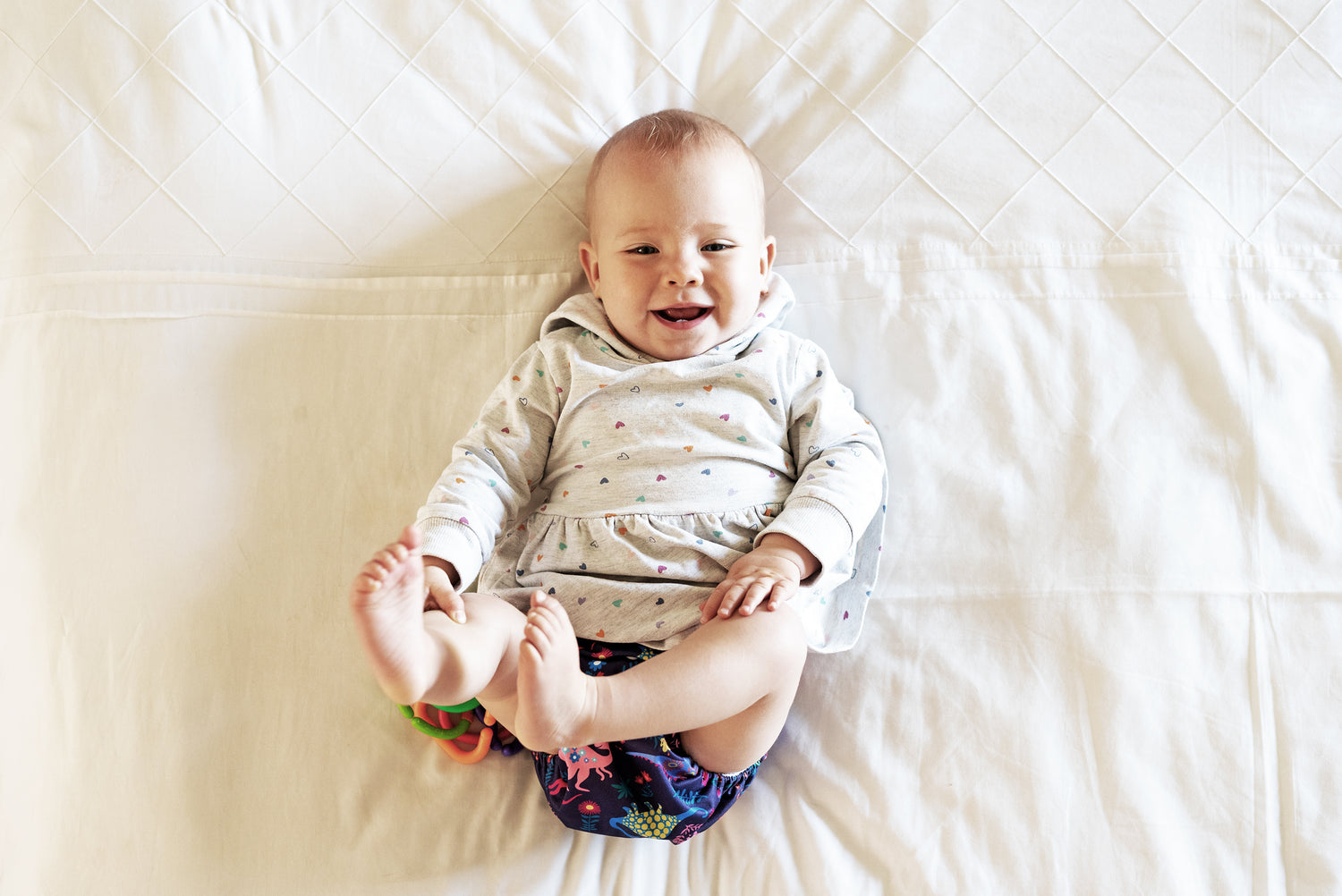
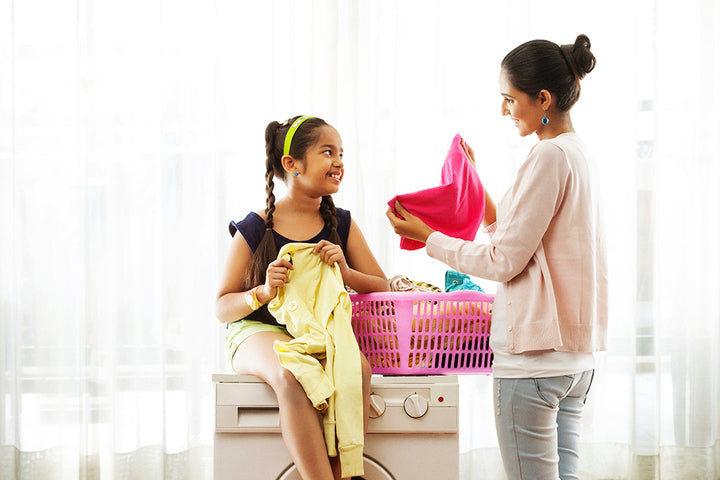
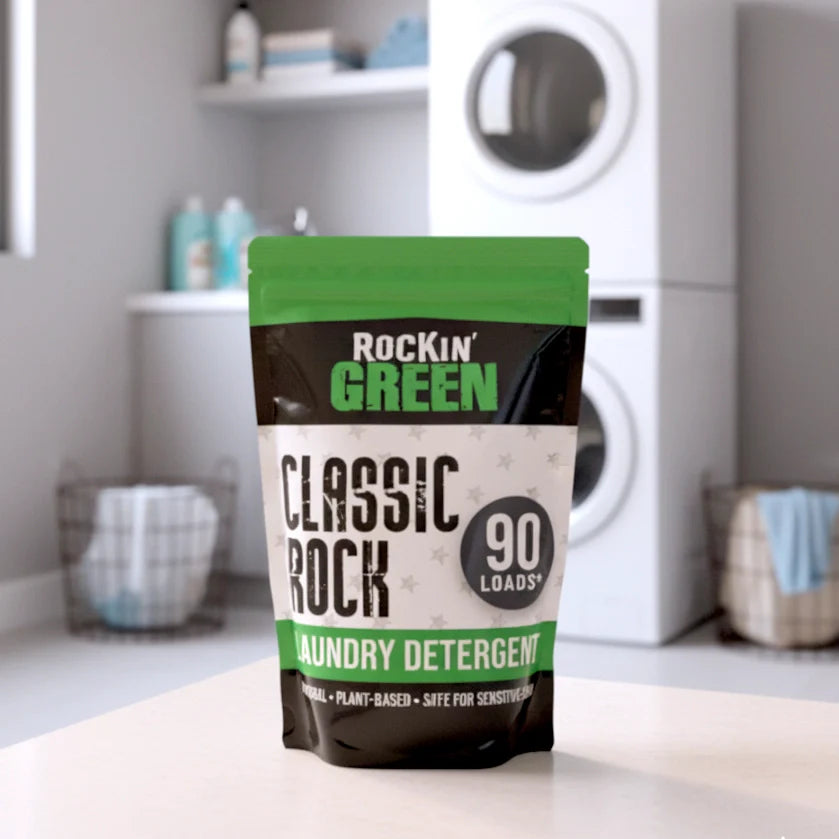
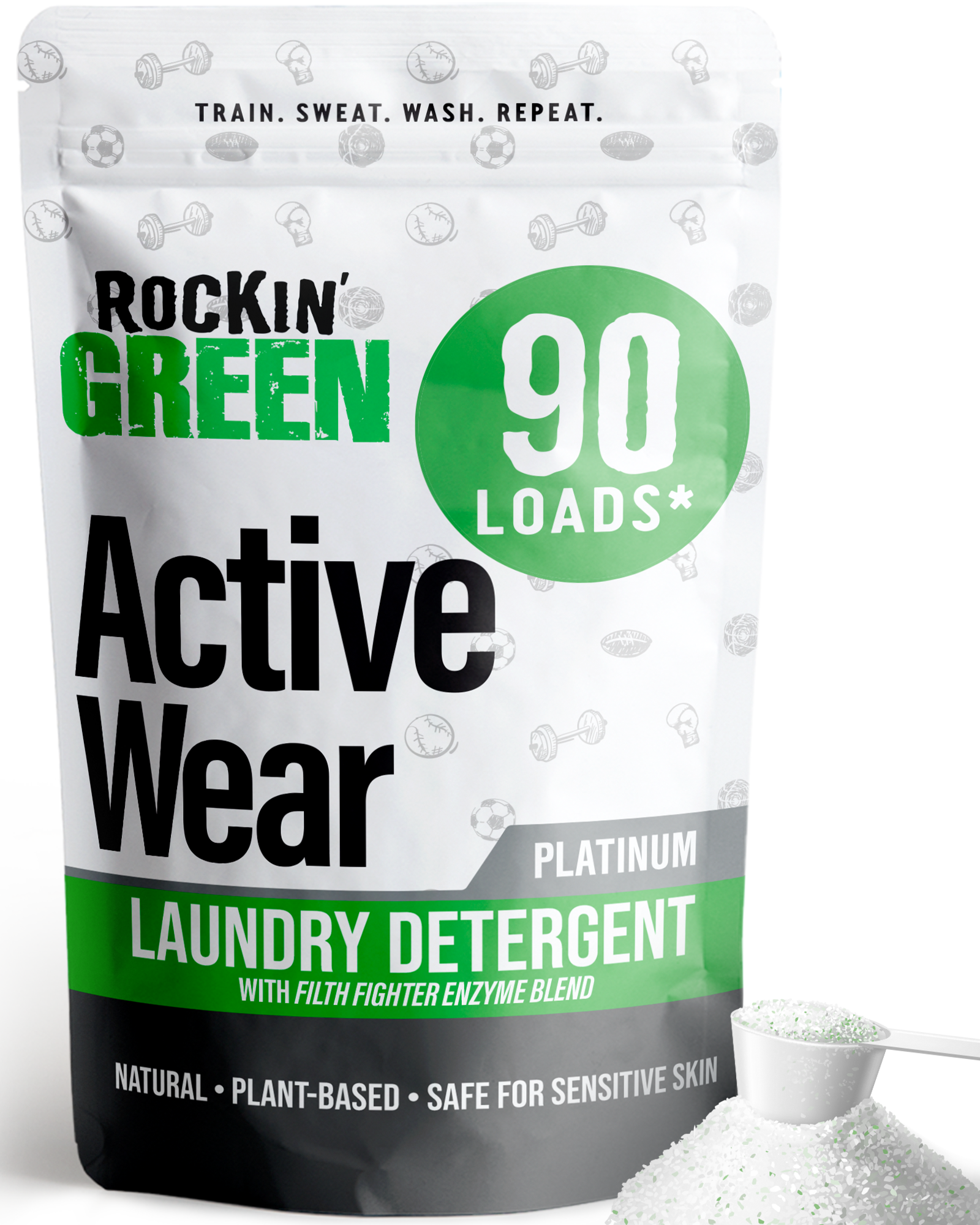
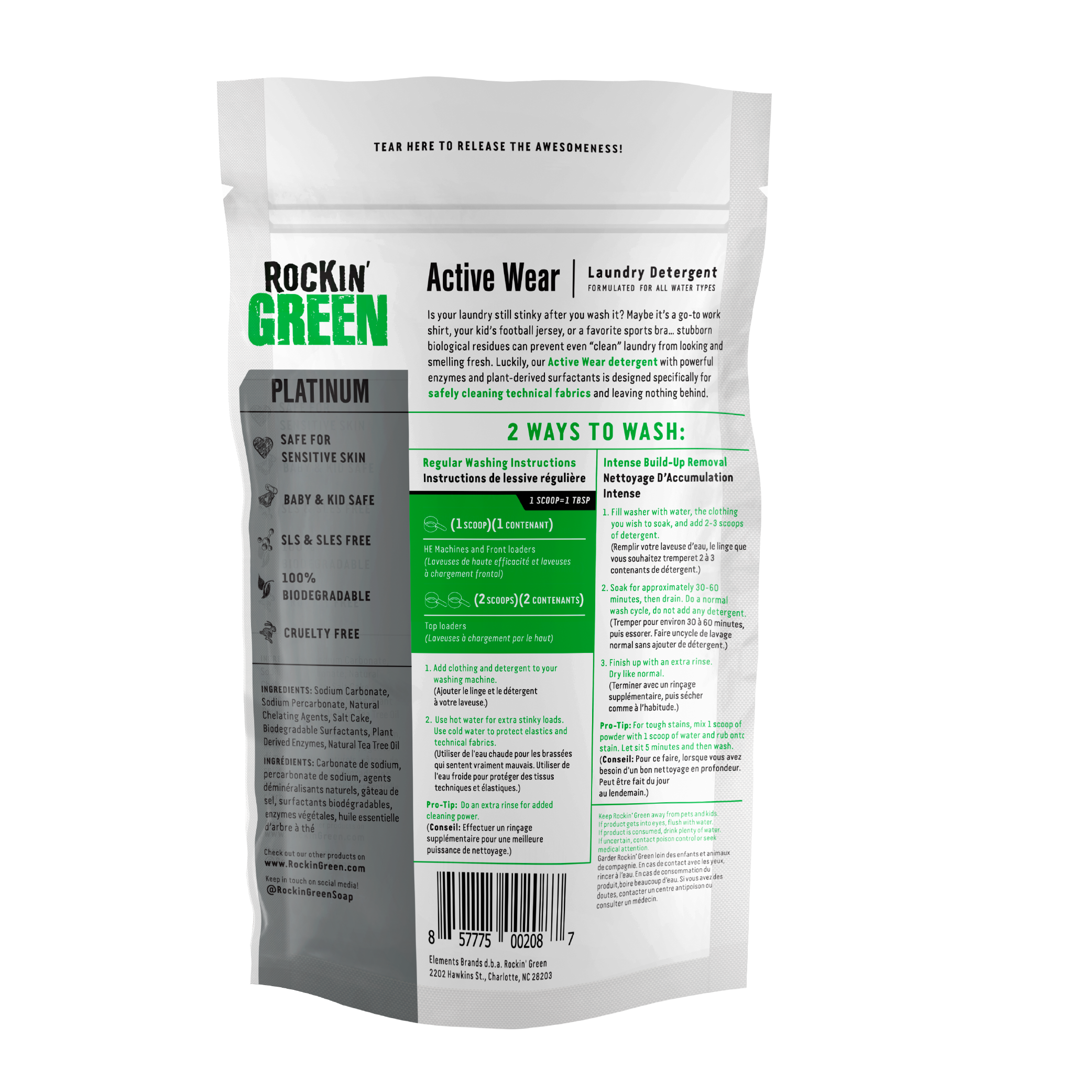
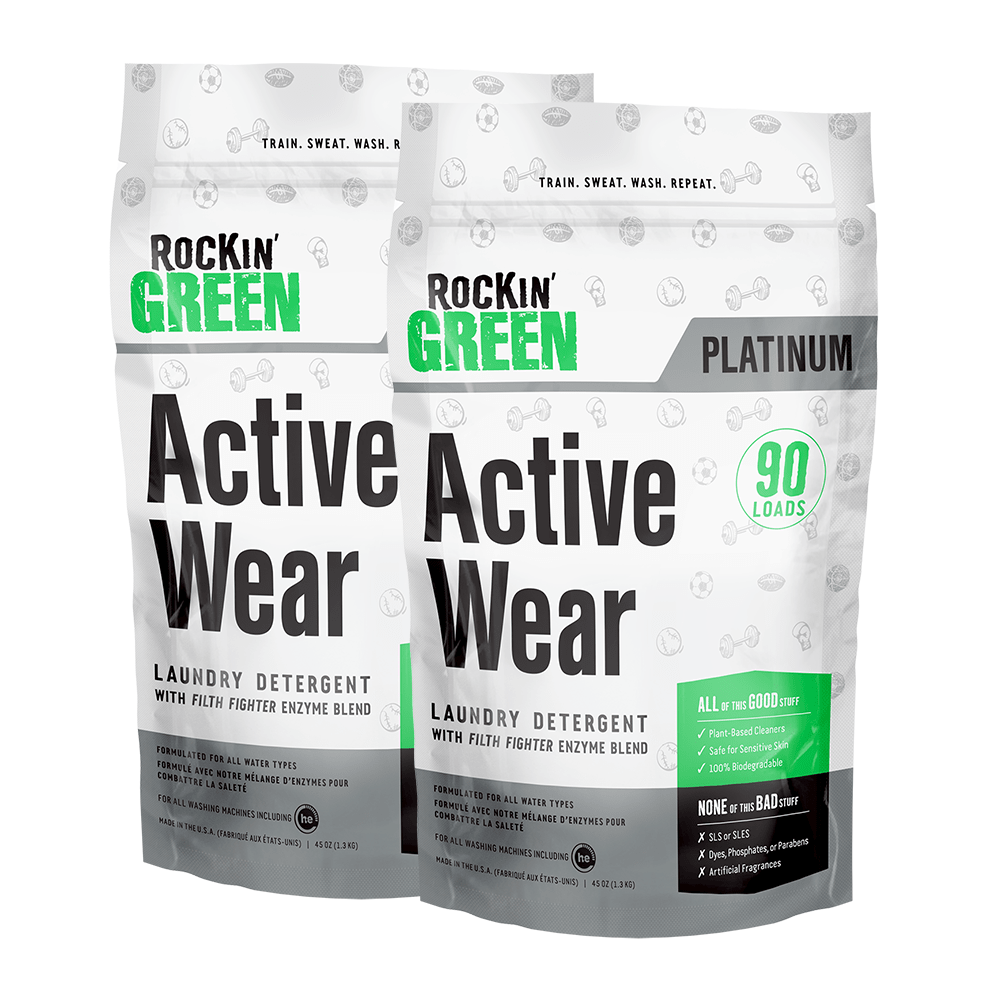
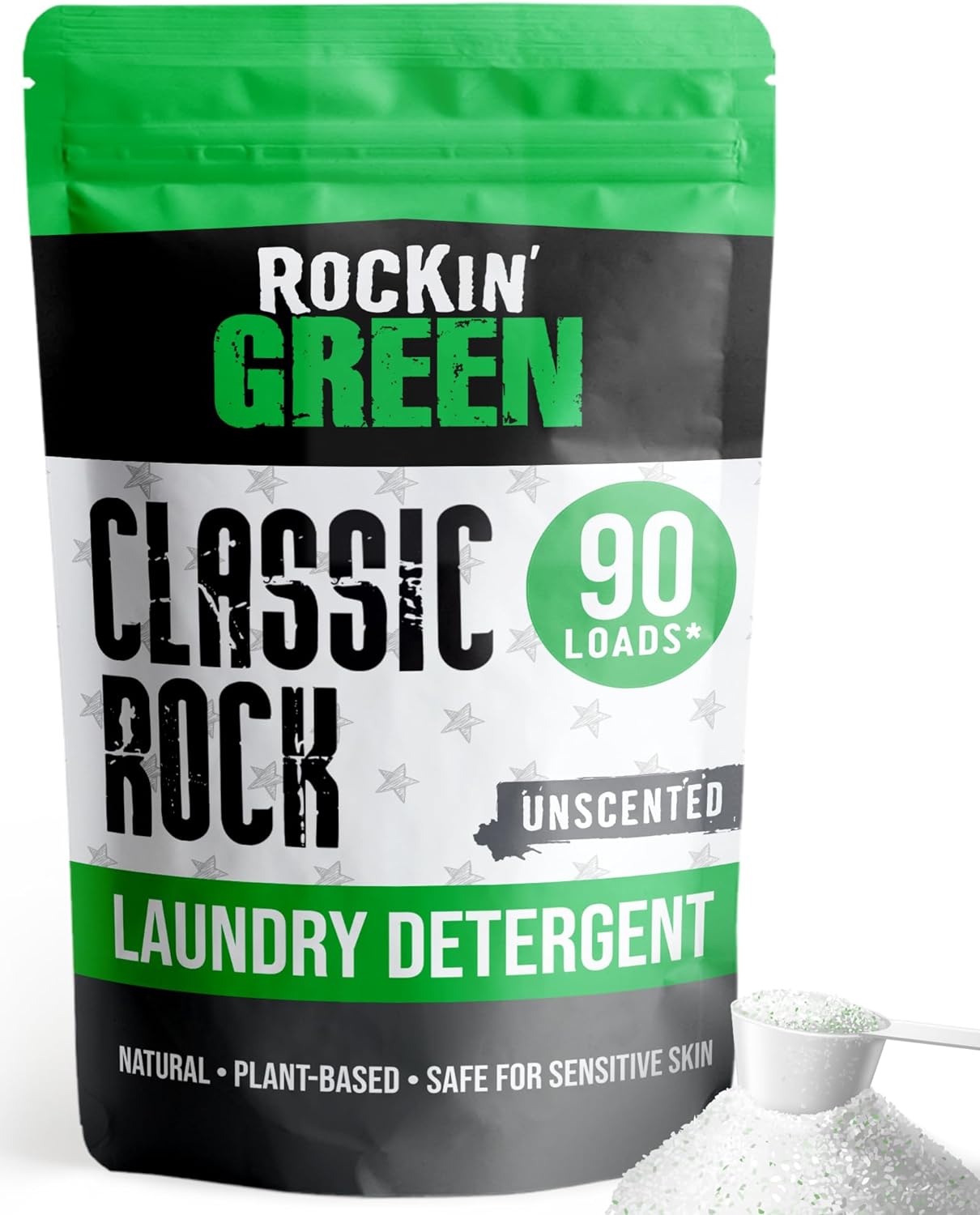
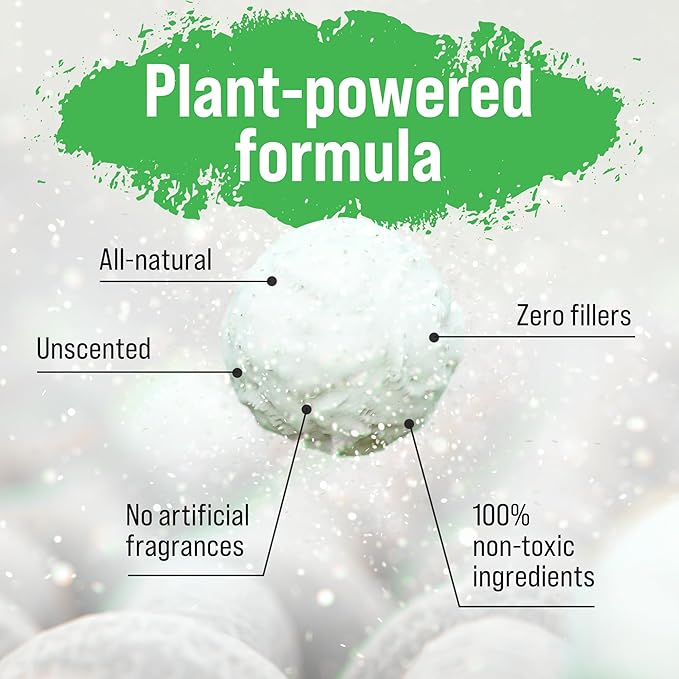
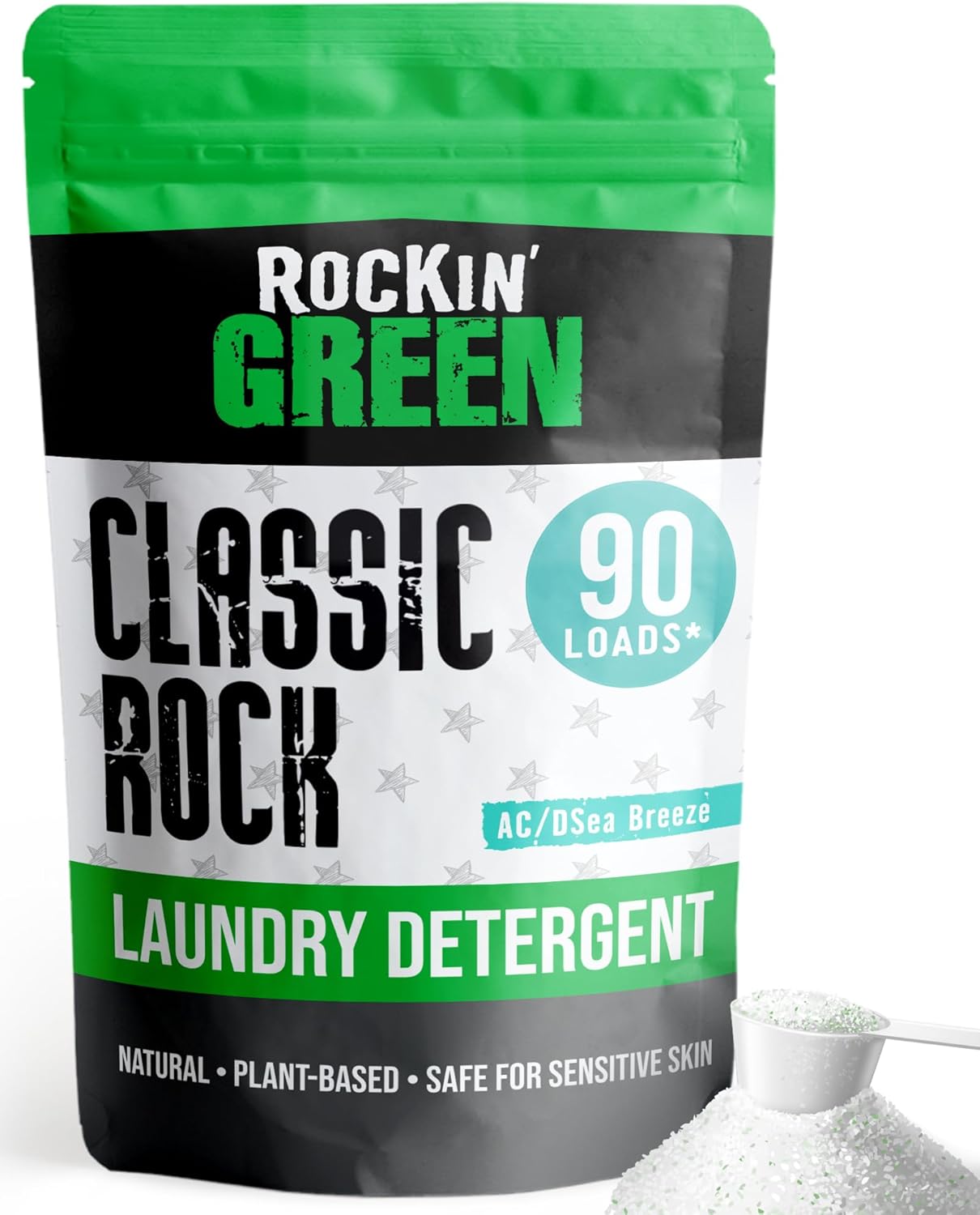
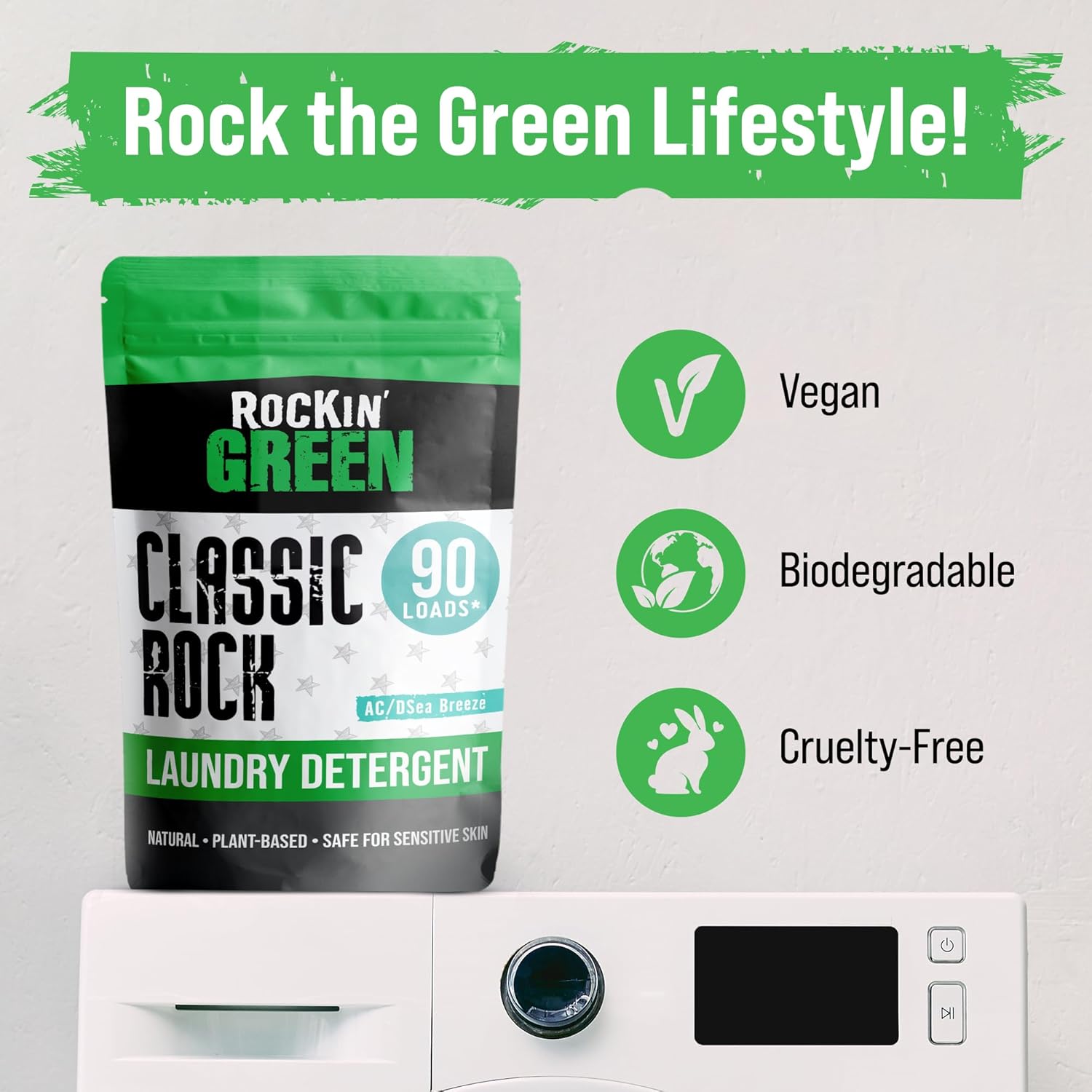
Leave a comment
This site is protected by hCaptcha and the hCaptcha Privacy Policy and Terms of Service apply.